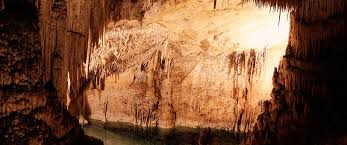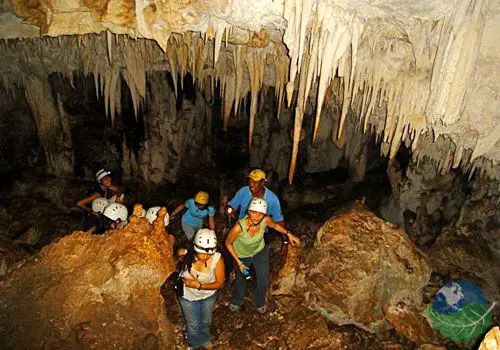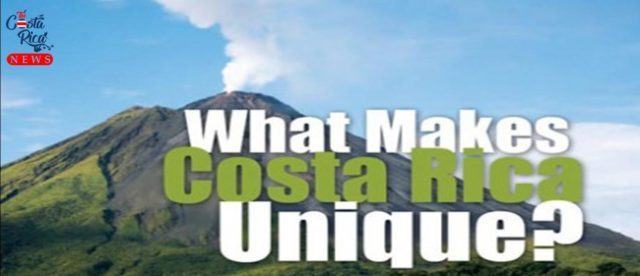
For travelers interested in the ecotourism experience in Costa Rica, the “Barra Honda National Park Caverns” are an ideal place, as it has some of the most unique natural monuments in the country. Located in the province of Guanacaste, on the Nicoya Peninsula, as part of the Central American Cordillera, it represents thousands of years of geological history, which have resulted in an extensive system of independent caverns with stalactite and stalagmite formations. It is the most important cave system discovered in the country.
Barra Honda is the only park in Costa Rica that has a complex of multiple underground caverns, although there are other well-visited caves in the country, this is the only one that has such formations. It has a network of caverns of calcareous formation, which only 50% have been explored by scientists and speleologists. At present, only the “Terciopelo” cavern is open to the public, as it presents adequate conditions for the descent of non-experienced visitors and is ideal for adventure tourism. Another important element of this area is its capacity as an aquifer reserve for the human settlements that are located nearby.
The main trail is a continuation of the park entrance road and winds through the secondary forests on Cerro Barra Honda. There, travelers will enjoy a breathtaking view of the Tempisque Valley. Among the wildlife that can be found during an excursion through the Park are deer, peccaries, agoutis, raccoons and howler monkeys. For those visitors who have the right equipment, a campsite is located in the area near the park ranger station, where maps of the park’s hiking trails can be obtained. Due to the risk of flooding during the rainy season, the caves are not open during that period, so be sure to visit during the dry season to get the most out of your trip.
Natural and cultural reservoir.

The limestones that make up these hills are of the reef type, that is, they are old coral reefs that emerged due to solvation caused by the fault system of the Nacaome River, located west of Barra Honda. The topography of Cerro Barra Honda attracts attention because of its extremely steep flanks, particularly in the southern part and for being flat on the top. It is also interesting to indicate that for a long time it was believed that this hill was a volcano because the caves were confused with chimneys and the stench of bats with volcanic gases.
The park has vegetation coverage of charrales and tacotales, deciduous secondary forest and 290 hectares of evergreen forest. It has a large number of holes that are observed everywhere. These can be small enough to fit just one arm, or large enough for several men to descend at the same time. In some cases, huge gaps are noticed, formed by the collapse of the roof of a cave. In almost all the top, and mainly towards the south edge, you can see on the surface rocks of very capricious forms, very eroded and of very sharp edges, similar to a cemetery of antediluvian animals.
It is interesting that in some sections of the center of the top, as you go, the steps are causing a kind of echo, such as the sound of a drum. To date, 19 caves have been explored in total, all of them independent development and without communication with each other.

